As part of the Horizon Europe ALLEGRO project, we’re redefining how optical networks are monitored, managed, and optimized — by integrating a Physical Layer Digital Twin (DT) as-a-Service into the network control architecture.
🔍 What is it?
The DT is a real-time, virtual replica of the physical network. It leverages the open-source GNPy platform to model and simulate:
✔️ Quality of Transmission (QoT)
✔️ Propagation latency
✔️ Physical impairments
🚦 Key Integration Features:
✅ Interfaces with SDN controllers (via ONF TAPI) to gather physical parameters and topology
✅ Telemetry + AI engine connections to evolve the network’s digital shadow over time
✅ North-bound apps such as:
🔹 Lightpath Validation Engine (LP-VE) for QoT and mode selection
🔹 Monitor Agent for real-time infrastructure fault detection
🔹 Tomography Agent for physical layer visibility
🎯 Why it matters:
The DT enables advanced functions like:
- Virtualized optical transport
- Network slicing (e.g., by latency constraints)
- Dynamic amplifier tuning across OMSs
- Energy-efficient and QoT-aware transceiver configuration
💡 This innovation brings us closer to AI-driven, self-adaptive optical networks — smarter, greener, and ready for the bandwidth challenges of tomorrow.
#AllegroProject #DigitalTwin #OpticalNetworks #SDN #QoT #AIinNetworking #NetworkAutomation #Telemetry #GNPy #FutureInternet #HorizonEurope #Virtualization #NetworkSlicing

